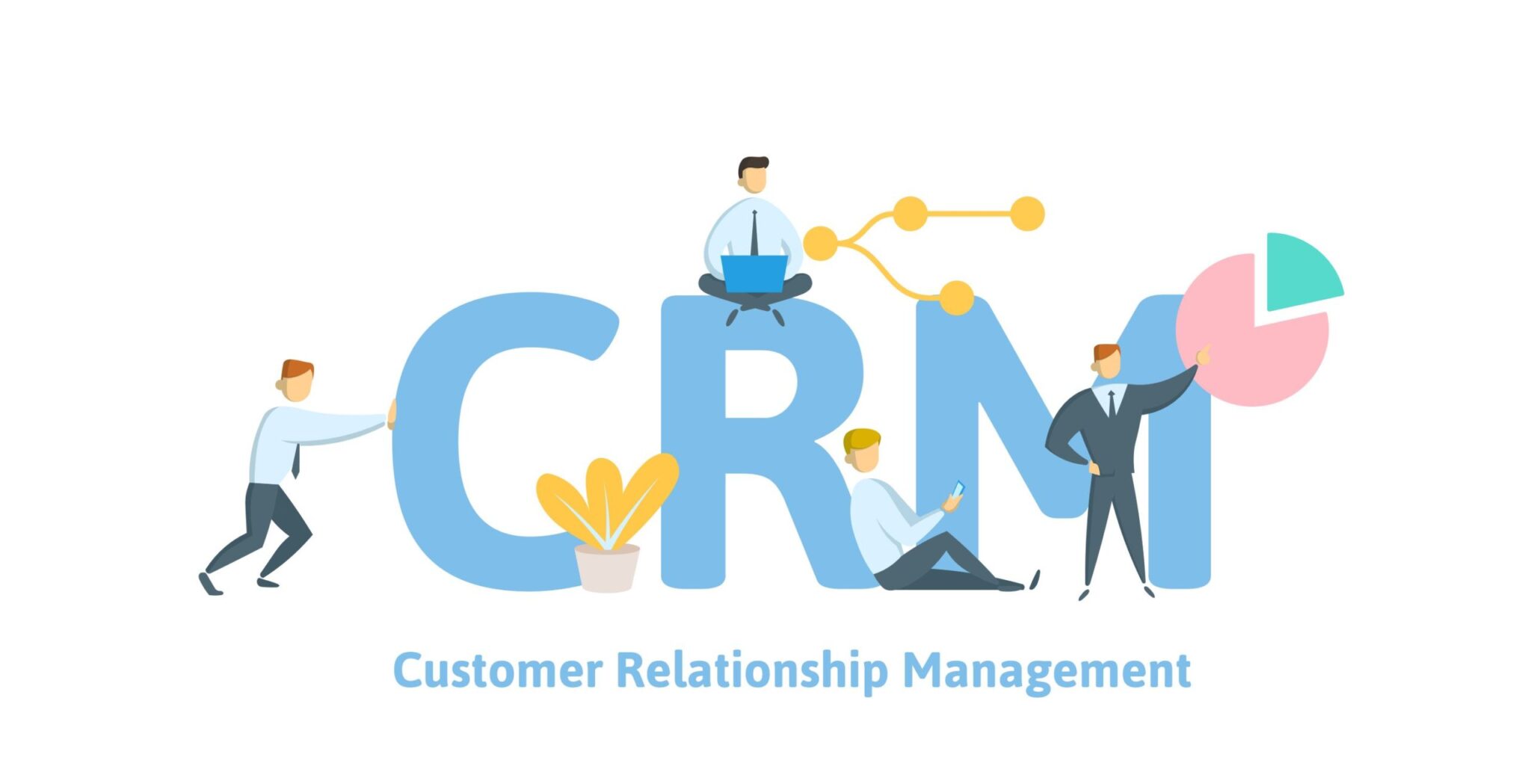Poorly optimized CRM or customer relationship management software is a missed business goal in today’s business landscape, where customers are connected more than ever before. Yes, customers will likely pass you by if you don’t develop a sound foundation for your CRM implementation.
That’s why it’s extremely crucial to ensure that top-notch architectural practices power your implementation wherever you are in your CRM journey.
The Salesforce CRM
One of the CRM systems dominating the worldwide customer relationship management market nowadays is Salesforce. It’s a powerful platform with limitless possibilities. (1)
However, like any other CRM tool, successful implementation holds the key to unlocking Salesforce’s benefits, such as better team collaboration and improved sales and customer service. For instance, you have to carefully consider the pros and cons between workflow vs process builder to identify the best automation tool to use in your Salesforce CRM.
In this article, we’ve put together five tips that will help an organization implement Salesforce successfully. We’ve got you covered from the planning phase of your Salesforce implementation to the execution stage and everything in between. Read on to learn more.
1. Work with a Salesforce partner or consultant
An essential step in implementing Salesforce CRM is choosing a Salesforce product that suits a business organization’s needs best.
Several Salesforce product choices are available; you can opt for the Essentials Edition, Professional Edition, Enterprise Edition, or the Unlimited Edition. Not familiar with these Salesforce product choices? Below is a closer look at each of them:
- Essentials Edition: The Salesforce Essential Edition is preferred by small businesses as it offers a ready-to-go platform for managing and growing a small business effectively. With this edition of Salesforce, small business organizations can leverage intuitive walkthrough guides and easy-to-use user interface (UI) to start their Salesforce implementation.
- Professional Edition: The Professional Edition is perfect for small to medium-sized enterprises that demand a CRM tool with full-featured functionality. With this specific Salesforce product, businesses can administer their entire sales cycle conveniently.
- Enterprise Edition: Large businesses prefer the Enterprise Edition because, in addition to the Professional Edition features, it also helps them to automate complex business processes through workflow and approval customizations. It also allows businesses to integrate with back-office systems effortlessly by including access to Salesforce APIs.
- Unlimited Edition: Also preferred by large businesses, the Salesforce Unlimited Edition, as the name suggests, offers access to countless pieces of training, including 100+ admin services. The Unlimited Edition also allows business organizations to build unlimited custom apps or tabs to meet their requirements better.
The problem is that selecting the right Salesforce product isn’t always as straightforward as it seems. That’s why one of the best practices is working with a Salesforce implementation consulting company that can not only help you choose the Salesforce edition that best suits your needs but also help you achieve your business objectives when deploying your Salesforce CRM.

Note, however, that you have to choose the right partner or consultant. The best move would be to work with someone certified by legitimate Salesforce training platforms like Focus On Force.
2. Plan ahead
It’s time to plan and prepare now that you’ve already chosen the right Sales product and partner or consultant. Part of Salesforce implementation planning is framing the team structure and resource planning, as well as defining project methodology and a roadmap for achieving implementation goals.
Having executive sponsorship and the sponsor’s full support and participation is also absolutely critical in the planning stage. The executive sponsor is the person taking the lead on a Salesforce initiative. Executive sponsorship is crucial for the following reasons:
- Ensuring that the goals of the project are always kept aligned with your business strategy
- Making sure that someone is giving the needed direction
- Implementation team obtaining the required finance budget throughout the implementation process
One-third of customer relationship management projects fail. Many of them don’t succeed due to several factors, including a lack of executive sponsorship. (2)
That’s why you have to do your best to improve participation and support in your project. One way to do that is to involve staff members and all key prospective CRM users in the planning to understand what their needs and pain points are exactly. Of course, ensure that all the issues will be addressed during the planning stage.
3. Organize your team well
As previously mentioned, part of implementation planning is the framing of your implementation team’s structure. It’s essential to spend the time ensuring that you have the right resources in every key role. Employees can leave while implementations can span long periods, but changes will be so much less impactful if you have defined your team’s structure and roles well.
Should you choose to hire one, your Salesforce partner or consultant is an essential member of the implementation team. Of course, the executive sponsor is also a key role. However, there are other primary roles to consider, including:
- Project manager: The project manager ensures that timelines are met, and project tasks are on track. A project manager achieves that by identifying key milestones and dependencies and communicating with the stakeholders throughout the project.
- Subject matter experts (SMEs): What SMEs do is help in building out current state flows, ensuring that Salesforce implementation is user-friendly and beneficial to everyone in the company. Each department should have an SME so that each team will have a voice during requirements gathering.
- Salesforce admin: An administrator assists in configuration throughout the Salesforce implementation. They also help explain to users the reason behind certain decisions that were made along the way. Ideally, you have SMEs who are flexible enough to become Salesforce administrators. That way, understanding both sides of requirements is possible.
4. Choose the right implementation approach and establish a project timeline
There are two common Salesforce implementation approaches that companies follow: the SCRUM and Waterfall approach. In the case of the SCRUM approach, the project’s design, build, and deployment phases will be divided into short iterations that result in a smaller set of requirements. In the waterfall approach, all requirements deemed priority for the initial deployment will be included in the design and build phase. (3)
Irrespective of what approach you choose, there are variables that you must consider. They’re the following:
- The size of the projects you’re running simultaneously: Will you be running several huge projects at the same time? If yes, then make sure to consider it in scheduling and maintaining a timeline to prevent Salesforce implementation from overlapping with any other project.
- The availability of implementation team members: Take stock of the available time of the people playing key roles in your project. Fix an optimum timeline where all of them are available from the day the implementation goes live.
Based on your requirements, adopt a systematic approach and a timeline that works best for you.
5. Decide on your project’s success metrics
Sit down with your stakeholders to set a plan for how the implementation’s success will be measured. Of course, success metrics can vary depending on your organization’s goals.
Is the goal to increase the value of your average deal size? Is it to reduce customer churn rate? Just make sure that your goals are ‘SMART’ or specific, measurable, achievable, realistic, and time-based.
Clearly defining success metrics is the only way businesses can make the most out of their Salesforce application.
Final Thoughts
The Salesforce implementation is likely to fail if it takes too long. That’s why organizations must compress their project timelines anywhere from a few weeks to several months only. Unfortunately, delays can occur if you don’t choose the most suitable Salesforce product for your business and don’t plan ahead. It’s also true if you don’t define your implementation team’s structure and roles properly and don’t use a systematic approach in implementing Salesforce.
References:
- “On CRM: From Salesforce To Zoho, Which Of These 10 CRMs Is Really Best For Your Business”, Source: https://www.forbes.com/sites/quickerbettertech/2020/03/04/on-crm-from-salesforce-to-zoho-which-of-these-10-crms-is-really-best-for-your-business/?sh=7a1e0bc43820
- “What To Do When Your CRM Project Fails”, Source: https://www.cio.com/article/2381909/what-to-do-when-your-crm-project-fails.html
- “Agile Vs. Waterfall”, Source: https://www.ibm.com/cloud/blog/agile-vs-waterfall


